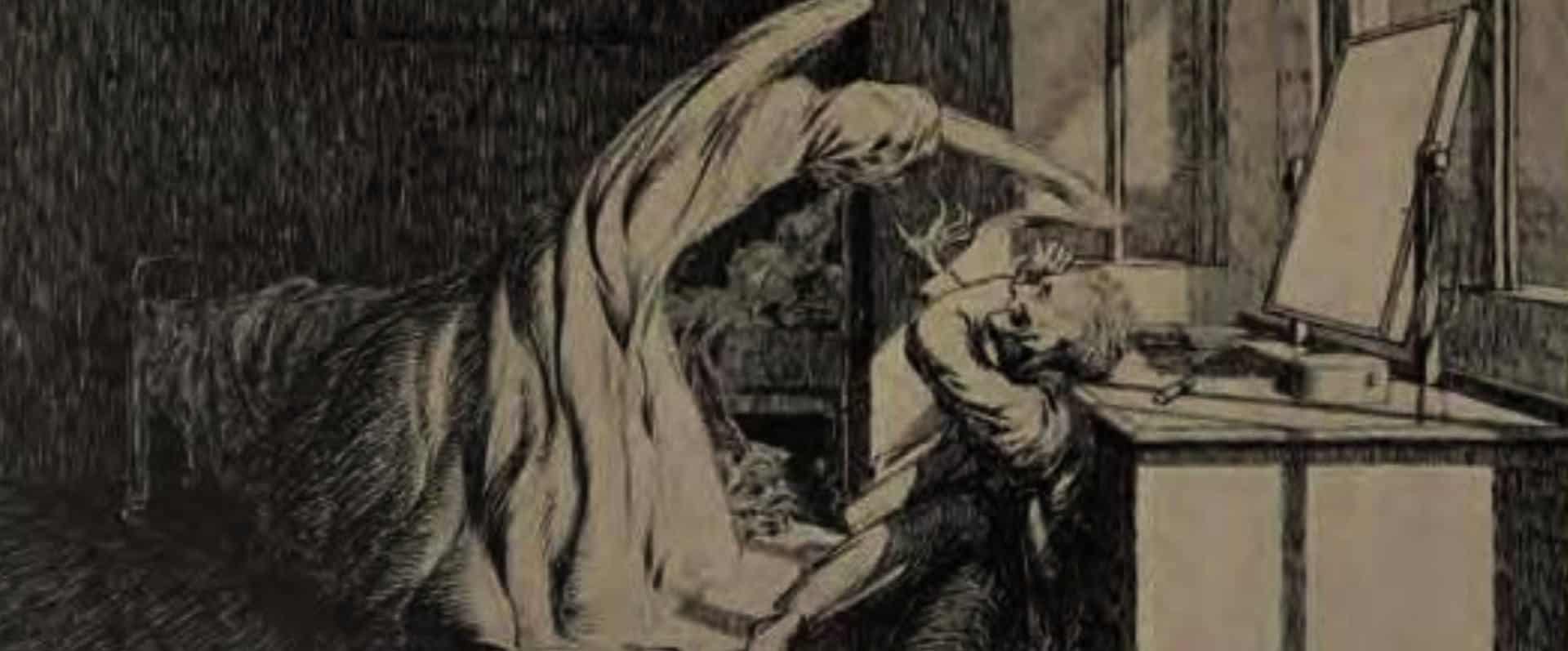Most of us – even those who don’t follow or have any interest in the sport – are familiar with horse racing in modern times. But what was it like in earlier days?
The answer is ‘pretty much the same’. Pitting two riders and two horses (or more) against one another over a prescribed distance has remained substantially unchanged since the Eighth Century BC. So it goes back a long way on every continent on Earth.
Today, there’s a wide variety of race formats and different traditions around the world – distances, track types, obstacles to name a few. But in earlier times, there were other set-ups, many of which have evolved into types of racing we see today.
Chariot racing was popular in ancient Greece and Rome, and throughout the Byzantine Empire. Chariots and mounted horses were raced in the ancient Greek Olympics. But chariots often maimed and killed both horses and riders. The chariot race in the 1959 movie Ben Hur might feature a degree of overdramatized mayhem, but it’s a not completely inaccurate depiction of what such events could be like. Fortunately, chariot racing became the modern harness racing – very popular in Australia – which is much safer for man and beast.
Rome was also the setting for riderless horse races. From the fifth century BC, an annual spring carnival ended with fifteen to twenty riderless animals set loose to run the length of the Via del Corso, which was long and straight. The road closure didn’t last long though – the race only took two-and-a-half minutes.
In Britain, horse racing was well-established in the 18th century. King Charles II was an avid enthusiast and fostered the races at Newmarket in Suffolk. The Jockey Club was formed in 1750 to manage the events there, set the rules, and prevent cheating. By 1814, there were five annual races at Newmarket, but they were vastly outnumbered by the numerous local events taking place around the Kingdom.
Flat racing (with riders!) is the most popular form of horse racing in the world today. Jump racing – known as steeplechasing or hunt racing in the UK – is also vastly popular but major races such as Britain’s Grand National have been criticised in recent years for the threat the obstacles pose to the horses’ safety.
Horse racing in the United States and on the North American continent dates back to 1665 when they were off and racing at another Newmarket course in Salisbury, New York. Today, the industry puts $15 billion annually into the US economy. It’s the second most popular spectator sport in the United States
On the matter of money, it’s a fact that the gambling associated with horse racing is the biggest thing about it. In 2019, it generated around US$115 billion worldwide.
Just as measures over the years, and continuing today, seek to make safer horse racing for rider and animal alike, recent times have seen governments invest in programs to if not dissuade then at least urge ‘punters’ to avoid ‘problem gambling’. But said governments still happily take their share of the stake. In the UK, betters don’t have to pay tax on their winnings, but gambling providers face three different types of taxes, known as ‘duty’ – General Betting Duty, Pool Betting Duty and Remote Gaming Duty. Similar laws apply at federal and state level in Australia. In the US, you have to fess up to the IRS if you win big amounts.
That’s racing!
This article appeared in the March 2024 edition of Love’s Great Adventure magazine.


